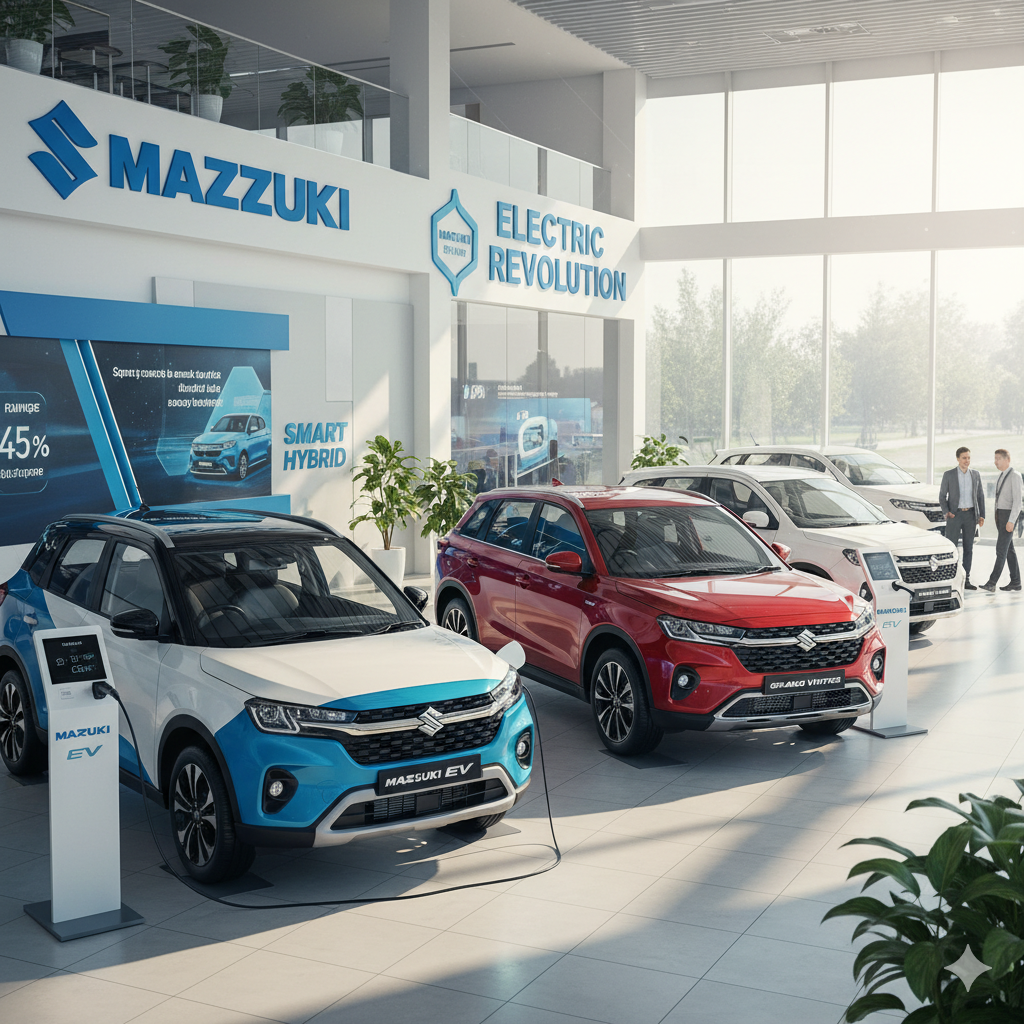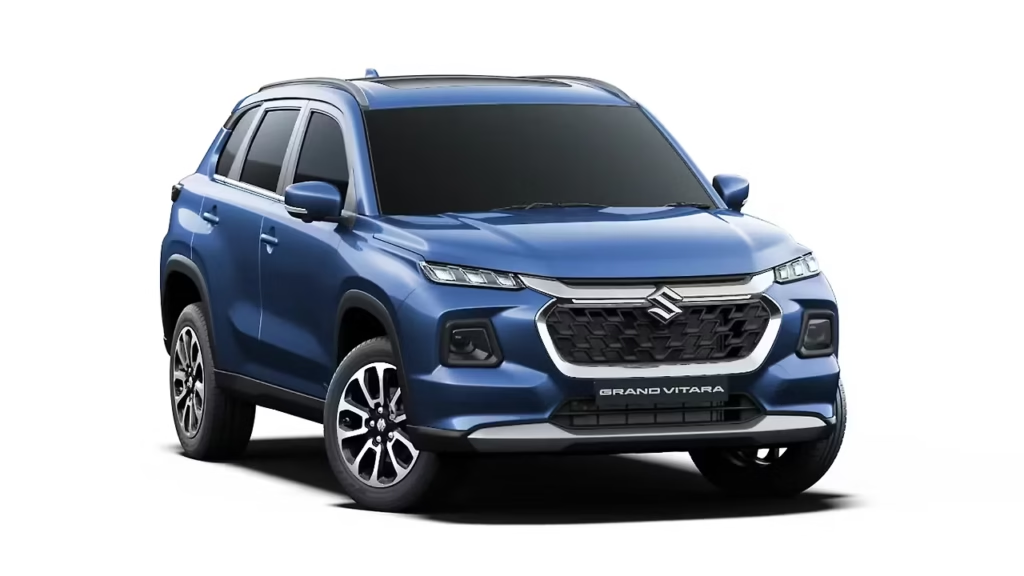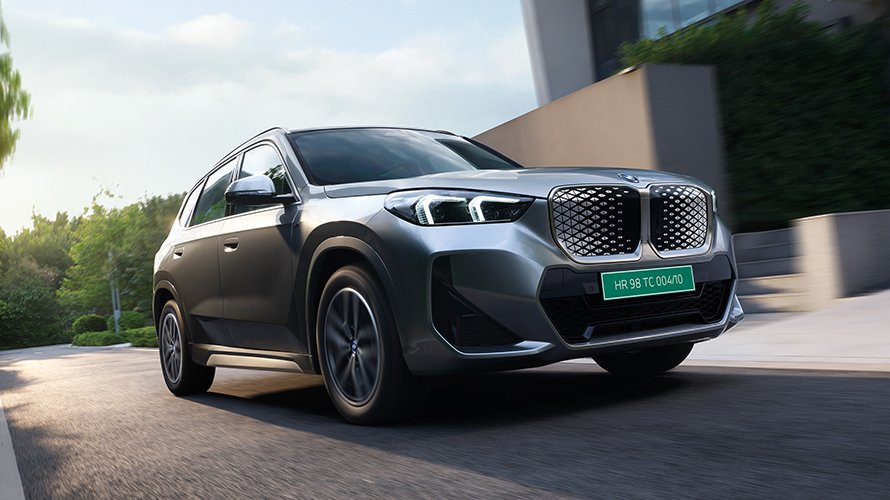In a move that balances fairness with ambition, the Indian government has unveiled draft Corporate Average Fuel Efficiency (CAFE) Phase 3 norms, set to kick in from 2027, offering targeted relief to small carmakers while supercharging incentives for electric vehicles (EVs) and hybrids. Released by the Bureau of Energy Efficiency (BEE) on September 25, 2025, these rules address long-standing industry debates over equitable burden-sharing in tougher fuel efficiency standards.
For an auto sector grappling with rising emissions targets, the draft—applicable for 2027-2032—shifts to a weight-based formula, provides exemptions for compact petrol cars, and retains robust multipliers for cleaner tech, positioning EVs as the undisputed stars of the transition.The proposal comes amid India’s push for net-zero mobility, with the EV market projected to hit 30% penetration by 2030. But as the country tightens the screws on CO2 emissions, automakers had clashed: Small-car specialists like Maruti Suzuki argued that sub-compact models have limited space for advanced hardware like turbochargers or hybrids, hiking costs for budget buyers.
SUV-dominant players such as Mahindra and Hyundai countered that a one-size-fits-all rule unfairly penalizes their high-volume, heavier vehicles. The CAFE 3 draft aims to resolve this by customizing targets to a company’s actual sales mix, ensuring the overall fleet edges toward sustainability without crippling individual players.
Resolving the Rift: A Weight-Based Approach with Small-Car Safeguards
At the core of the draft is a pivot from volume-based to curb-weight-based targets, recognizing that heavier SUVs inherently consume more fuel than featherweight hatches.
This formula calculates efficiency requirements per kilogram of vehicle weight, easing the load on larger models while maintaining pressure across the board. The average CO2 emission target tightens progressively: from 96 g/km in 2027 to 85 g/km by 2032, a steeper cut than the current CAFE Phase 2’s 113 g/km deadline in 2022.
To placate small-car advocates, the rules introduce a “very small car” category—vehicles under 4 meters long, weighing less than 909 kg, and powered by engines up to 1,200 cc. These get a 3 g/km relaxation in CO2 calculations, a lifeline for mass-market players like Maruti, whose Alto and Swift dominate sales but struggle with retrofits.”This is a big relief for the affordable segment,” noted industry analysts, as it prevents a price spiral in entry-level cars that form 40% of India’s passenger vehicle market.
Pooling emerges as another equalizer: Automakers can now team up with up to two others to average their fleets’ emissions, with penalties (up to ₹30,000 per excess gram per vehicle) shared proportionally. This could foster alliances, like Maruti partnering with Toyota, to offset SUV-heavy portfolios with efficient hatches.
EVs and Hybrids: The Multiplier Magic That Seals the Win
While small cars breathe easier, the draft’s real jackpot is for electrification. Battery electric vehicles (BEVs) and range-extender hybrids (REEVs) earn a triple credit: Each one sold counts as three toward compliance, amplifying their impact on fleet averages.
Flex-fuel vehicles and plug-in hybrids get double credits, while strong hybrids snag 1.5 times. This “super credits” system—retained and refined from prior phases—effectively subsidizes EV adoption without direct cash handouts, nudging companies like Tata Motors and Mahindra to ramp up production.For context, a single EV in a 100-vehicle fleet could slash the group’s average CO2 by the equivalent of 200 grams, making it a compliance cheat code. “This will accelerate EV penetration, especially as battery costs fall,” says a SIAM (Society of Indian Automobile Manufacturers) spokesperson.
With FAME-III subsidies expected in 2026 and 800V fast-charging mandates, the draft aligns perfectly with the government’s 30% EV sales goal by 2030.
| Vehicle Type | Credit Multiplier | Example Impact on 100-Vehicle Fleet |
|---|---|---|
| Battery EV / REEV | x3 | Counts as 300 vehicles |
| Plug-in Hybrid / Flex-Fuel | x2 | Counts as 200 vehicles |
| Strong Hybrid | x1.5 | Counts as 150 vehicles |
This table illustrates how EVs can turbocharge compliance, turning green tech into a business imperative. Industry Reactions: Relief, But Calls for Clarity
Industry Reactions: Relief, But Calls for Clarity
The draft has been broadly welcomed, with Maruti Suzuki hailing the small-car carve-out as “practical and inclusive.”
Hyundai and Kia, with growing EV lineups, see it as a “win-win for innovation.” Yet, concerns linger: The exact weight thresholds and pooling mechanics need refinement to avoid loopholes, and rural-focused small cars might still face tech upgrade costs.
Stakeholders have until November 2025 to submit feedback, with final rules expected by mid-2026.As India eyes 5 million annual EV sales by 2030, CAFE 3 isn’t just regulation—it’s a roadmap. By easing the path for small cars and electrifying the rest, it democratizes the green shift, ensuring no one gets left in the (exhaust) dust.



